Artifacts to see in the Louvre
The Louvre Museum, located on the banks of the Seine River in Paris, contains more than 350 thousand works of art. The museum, which consists of various parts such as Eastern Europe, Western Europe, Egypt, the royal gardens and the glass pyramid, draws attention as it is the first museum opened after the French Revolution. From Leonardo Da Vinci to Botticelli, from Michelangelo to Théodore Géricault, we have examined the works that you should definitely see in the museum, where the iconic works of the world’s most valuable artists are located.
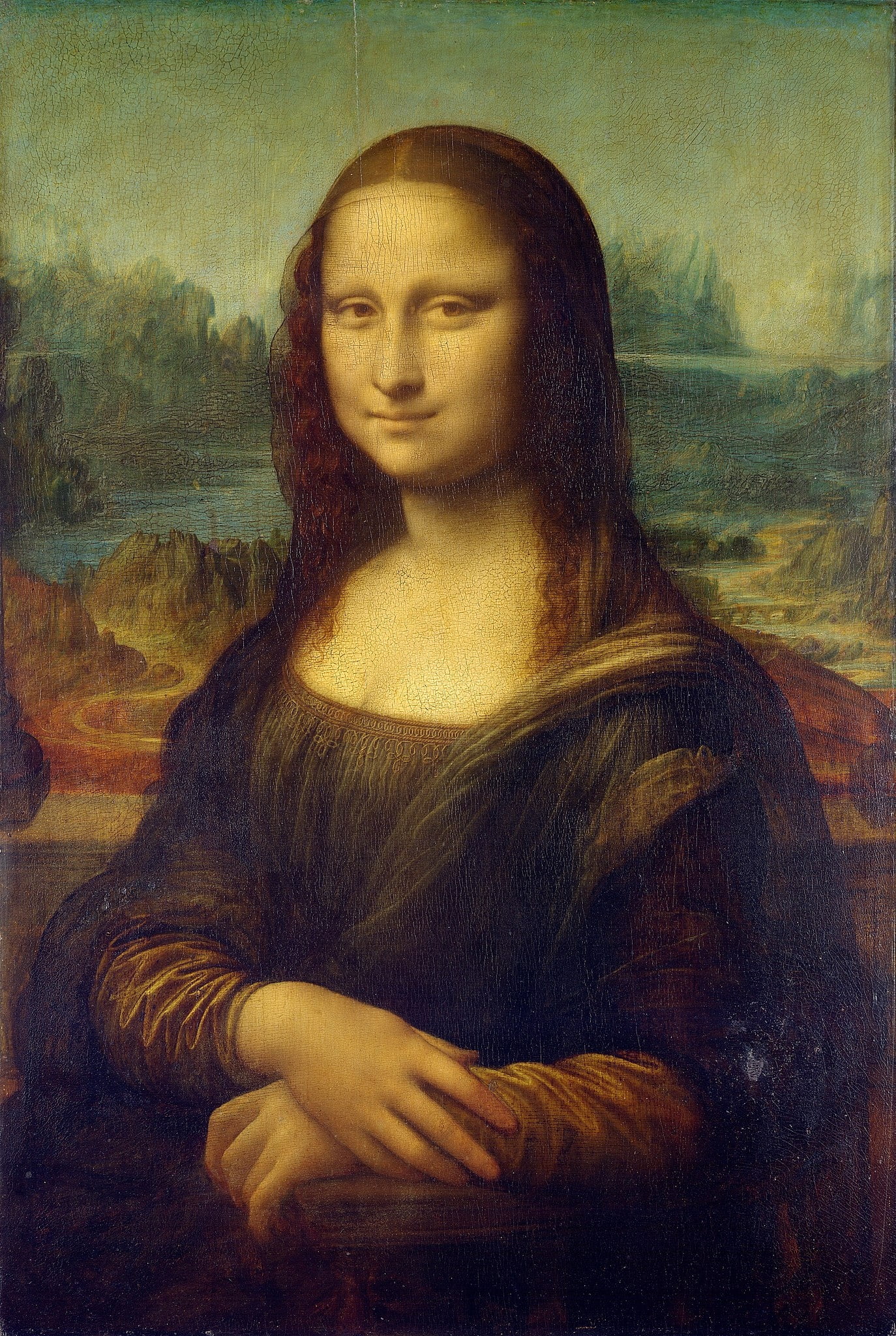
Mona Lisa
The Mona Lisa, painted by Leonardo da Vinci in the early 1500s, may be the most famous painting in the world. Mona Lisa, one of the rare works completed by the artist, has been under the auspices of the Louvre Museum since 1797. It is believed that the lady depicted in the work, which is also on the national heritage list of France, is Lisa Gherardini , the wife of a Florentine merchant. Even if there is not a single point of the work that has not been examined, which strengthened its cult status after it was stolen by a museum employee in 1911, its mysterious atmosphere never loses its effect.
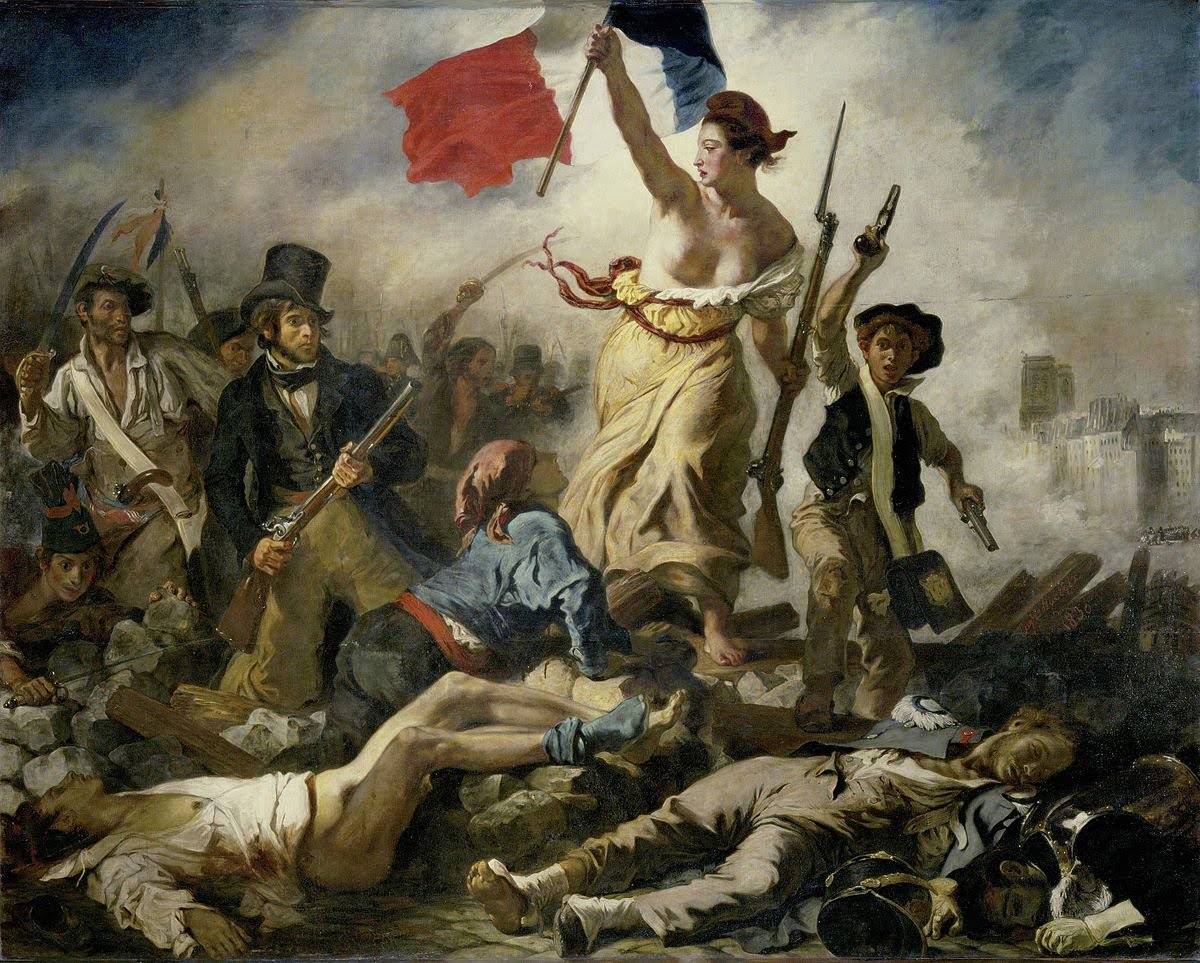
Liberty Leading the People
Eugène Delacroix’s painting Liberty Leading the People, made to immortalize the July Revolution of 1830, is owned by the Louvre. One of the most expensive works ever. The work, which deals with the 3-day popular uprising that ended the domination of the Bourbon Dynasty in France, perfectly combines the strict reality of the events with the romantic form of Delocroix. The work, which inspired many things from the Statue of Liberty in America to the album cover of Coldplay, has been on display at the Louvre Museum since 1874.
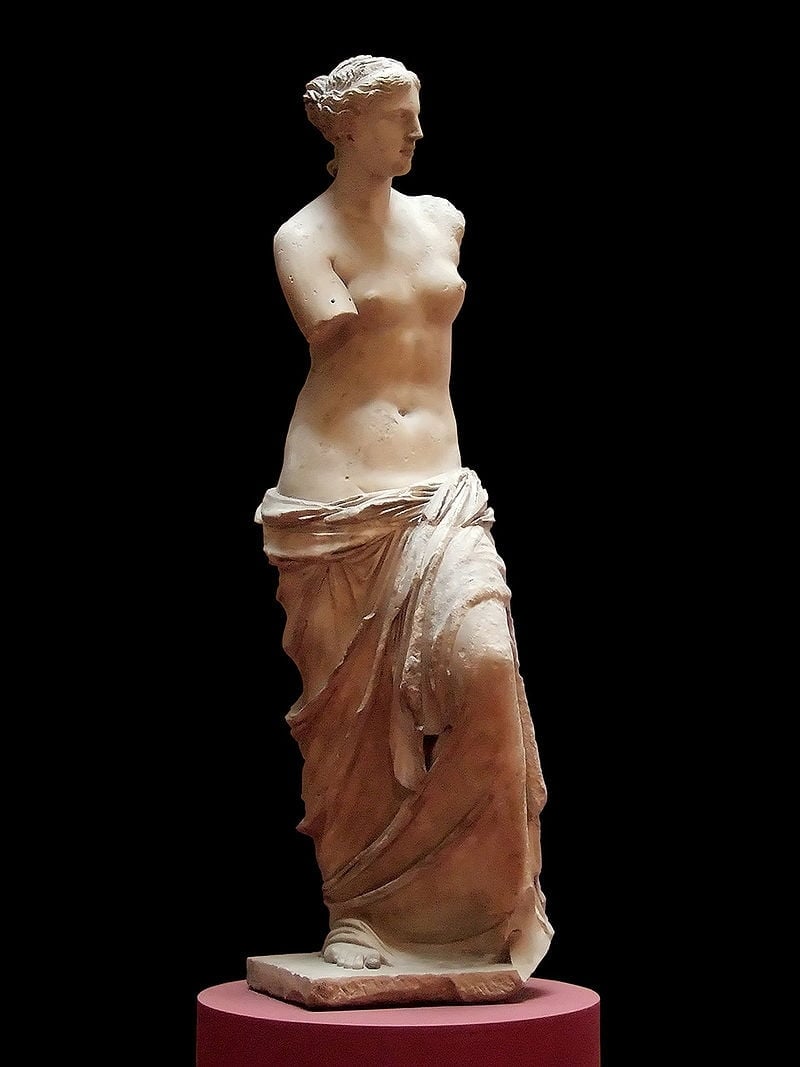
Venus de Milo
One of the most valuable examples of Ancient Greek Sculpture art, Vénus de Milo, BC. It is estimated that it was made in the 100s. It is believed that the 203 cm tall marble statue symbolizes Aphrodite, the goddess of love and pleasantness. Discovered on the Greek island of Milos in 1820, Vénus de Milo is the XVIII. It was brought to the country by Louis. Many details about the statue, especially the missing limbs, still remain a mystery. So much so that there are even those who believe that the statue is an extremely successful replica.
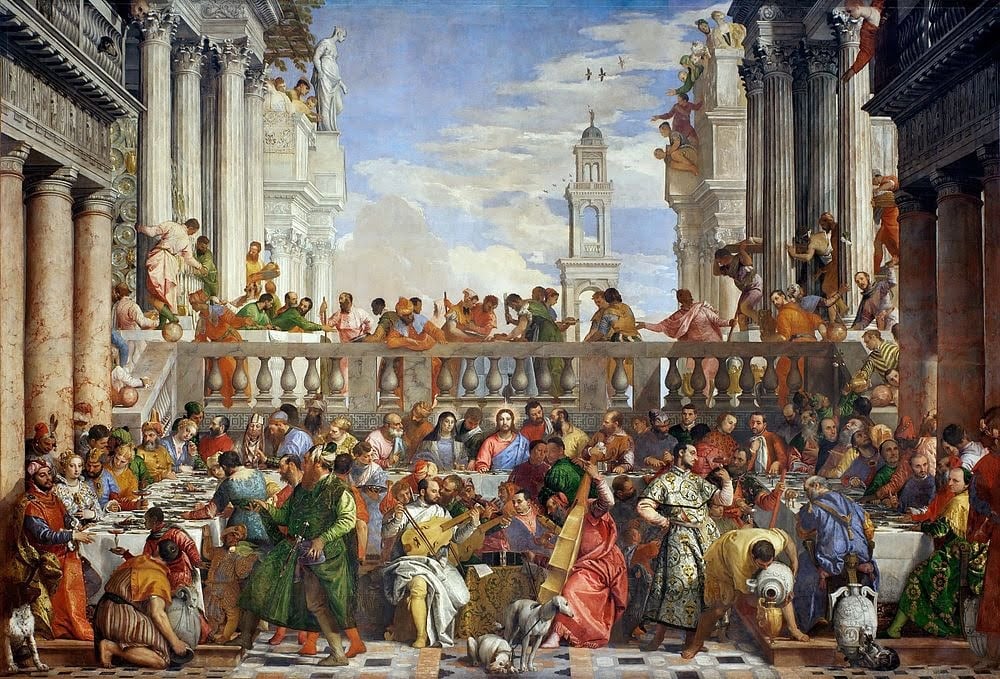
The Wedding at Cana
Veronese’s most famous work, The Wedding at Cana, tells a story from the Old Testament in the Bible. Specially built by a monastery in Venice, The Wedding at Cana is about Jesus’ first miracle, turning water into wine. The work, which is the largest painting in the Louvre with its dimensions of 6.77 m x 9.9 m, ironically hangs in front of the rather small Mona Lisa. Iconic figures such as the Ottoman Emperor Suleiman the Magnificent and the Holy Roman Emperor Charles V are in the middle of the painting, which includes 127 people.
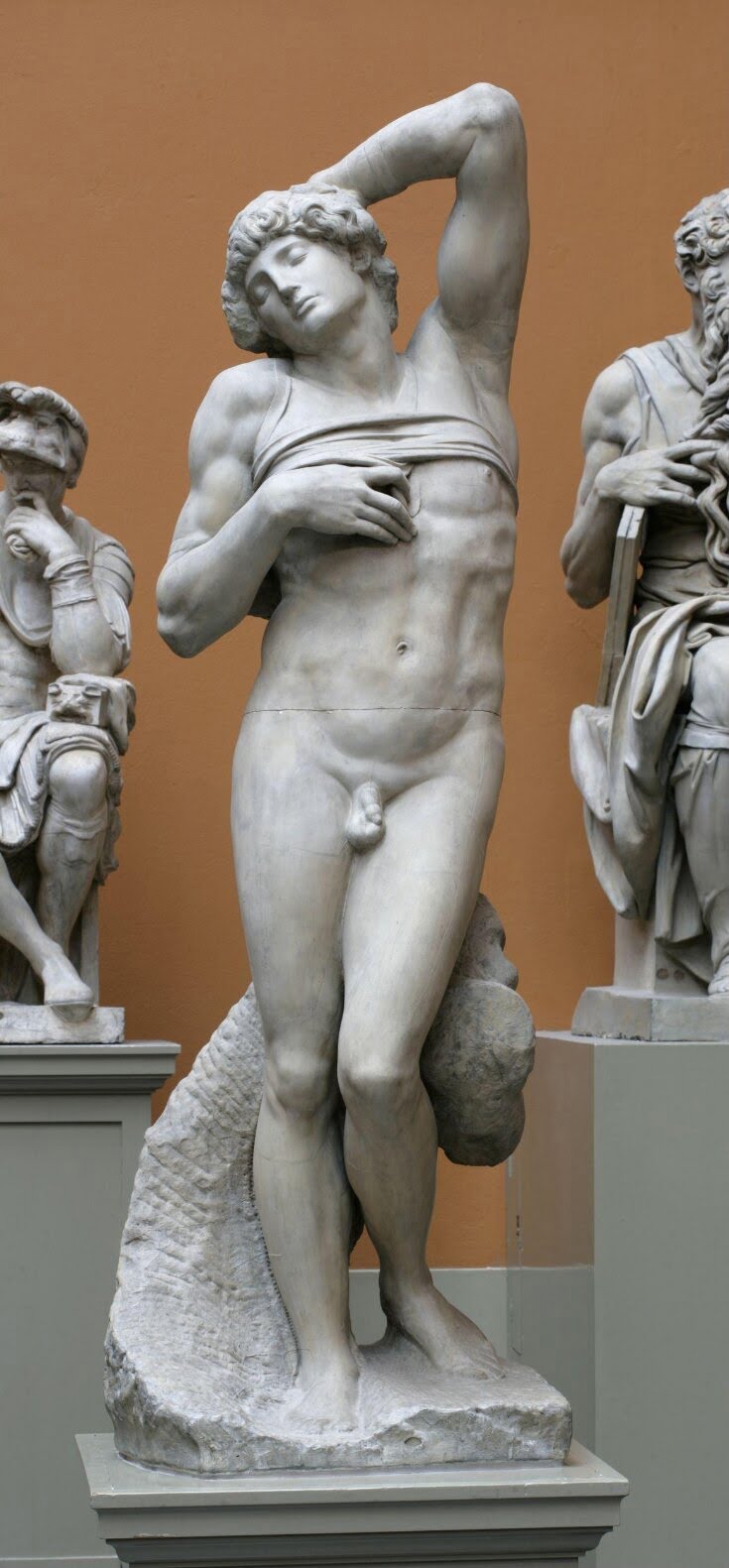
Dying Slave
The Dying Slave, made by Italian Renaissance artist Michelangelo, together with the Rebellious Slave next to it, was actually Pope II. It was ordered to be put in the tomb of Julius. Michelangelo’s work was not requested as it was found too large, as the tomb had to be prepared on a smaller scale due to budgetary constraints. After this cancellation, the work, which was partially finished in the middle of 1513-1516, is one of the most beautiful examples of sculpture art in reflecting the human form and feelings.
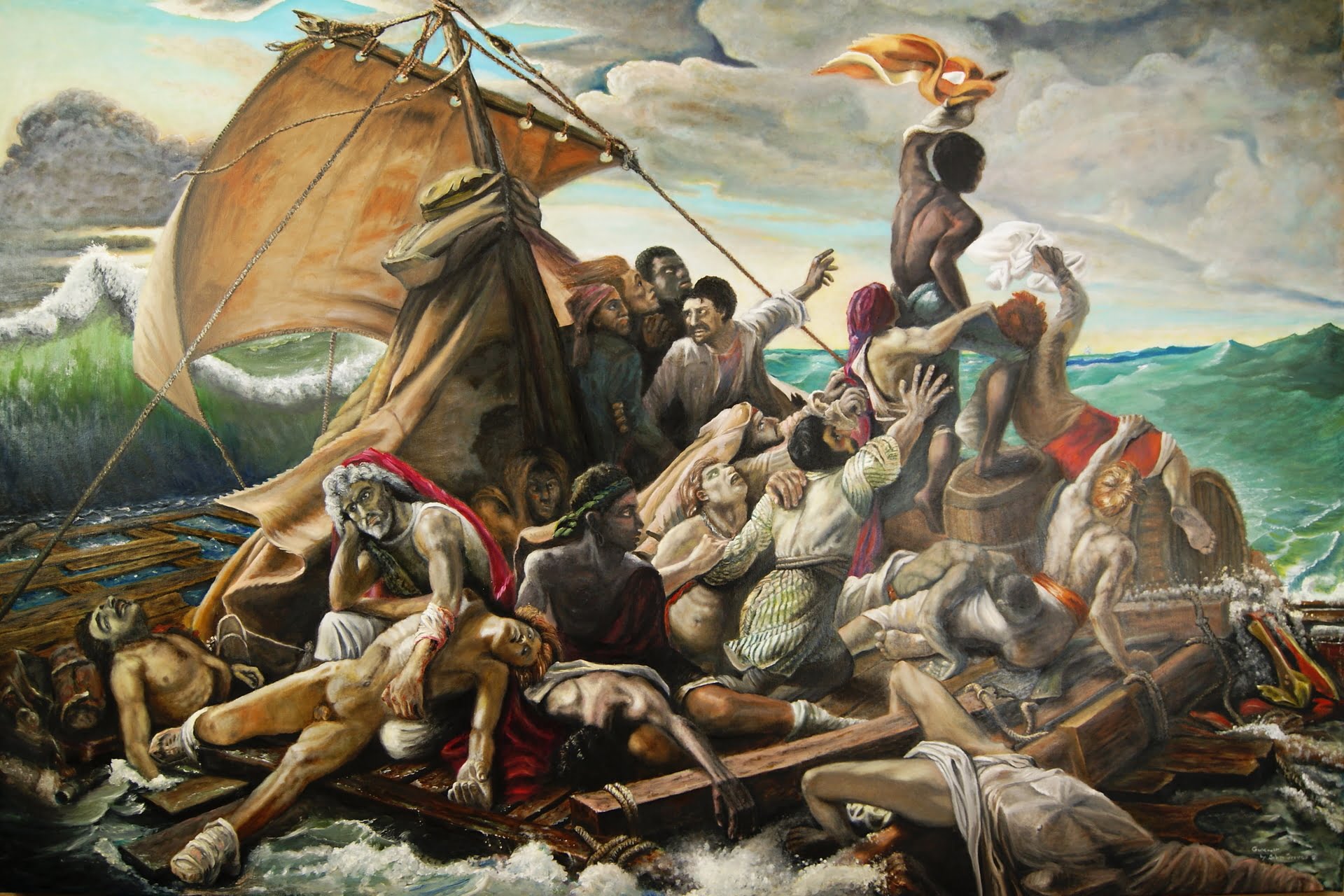
Raft of the Medusa
Although he died at the age of 32, Raft of the Raft is the most precious of the 114 works left behind by Théodore Gericault, who had an extremely productive profession. Medusa is betting on a historical scandal. Only 10 of the 150 people on the ship Medusa, which crashed in 1816, survived. In the following days, it is revealed that the captain of the ship left others to die in order to save himself and the first class passengers with him, and an uprising broke out in the country. After long researches, this iconic work of the artist, who built a replica of the raft in his workshop in order to reflect the details accurately, strikes those who see it with its size of 5 x 7 meters.
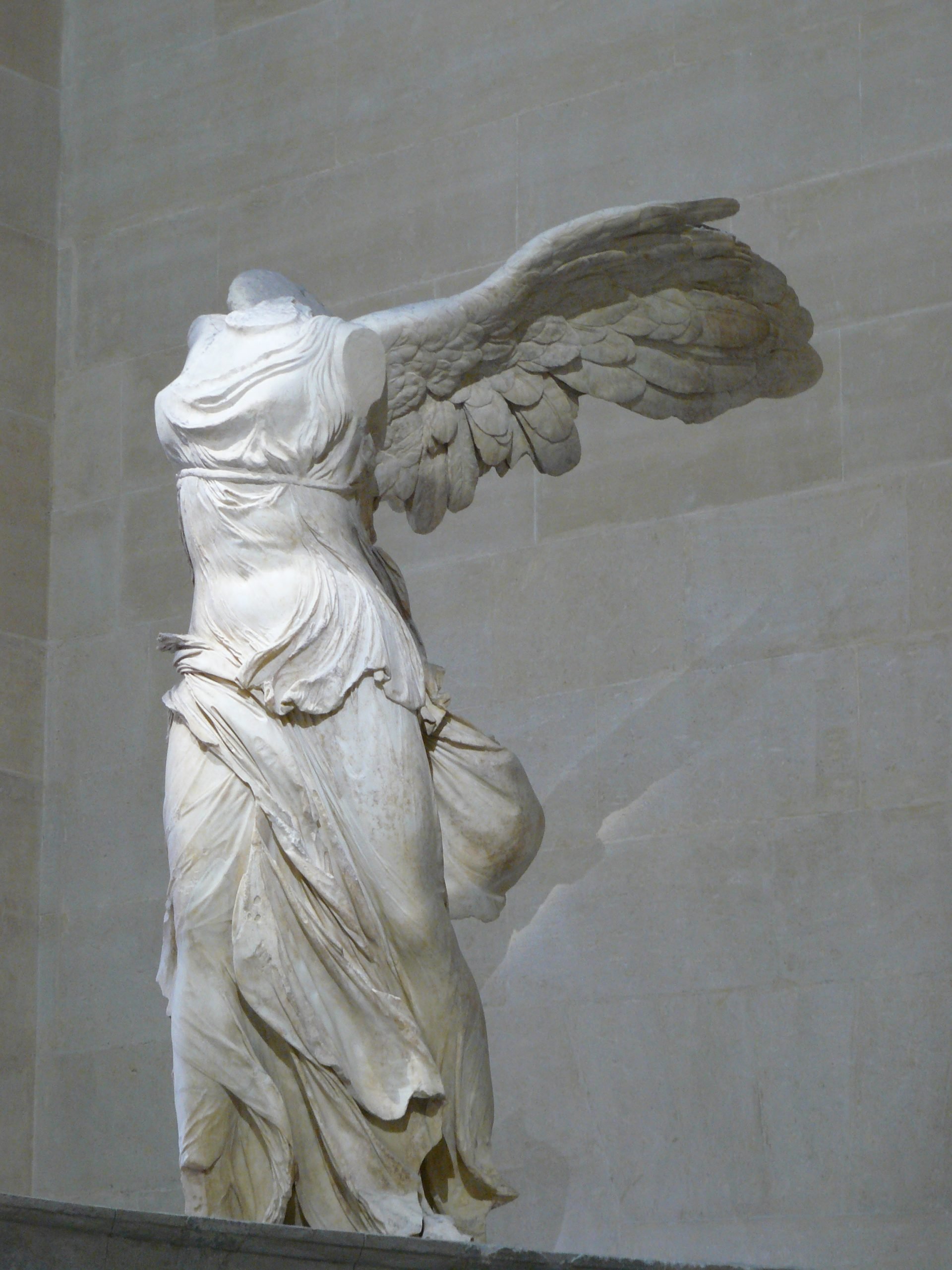
The Winged Victory of Samothrace
This statue, also known as “The Nike of Samothrace”, depicts Nike, the God of Victory in Greek mythology. The statue, which is estimated to have been made in the middle of the 1st and 3rd centuries BC, is considered one of the most successful examples of the Hellenistic Period. Discovered on a small island in the North Aegean in 1863, the artifact has been in the collection of the Louvre Museum since 1884. Although the origin of the statue is not known for certain, many details, from the marble used to the drawings on it , indicate that the statue was created by an artist from Rhodes.
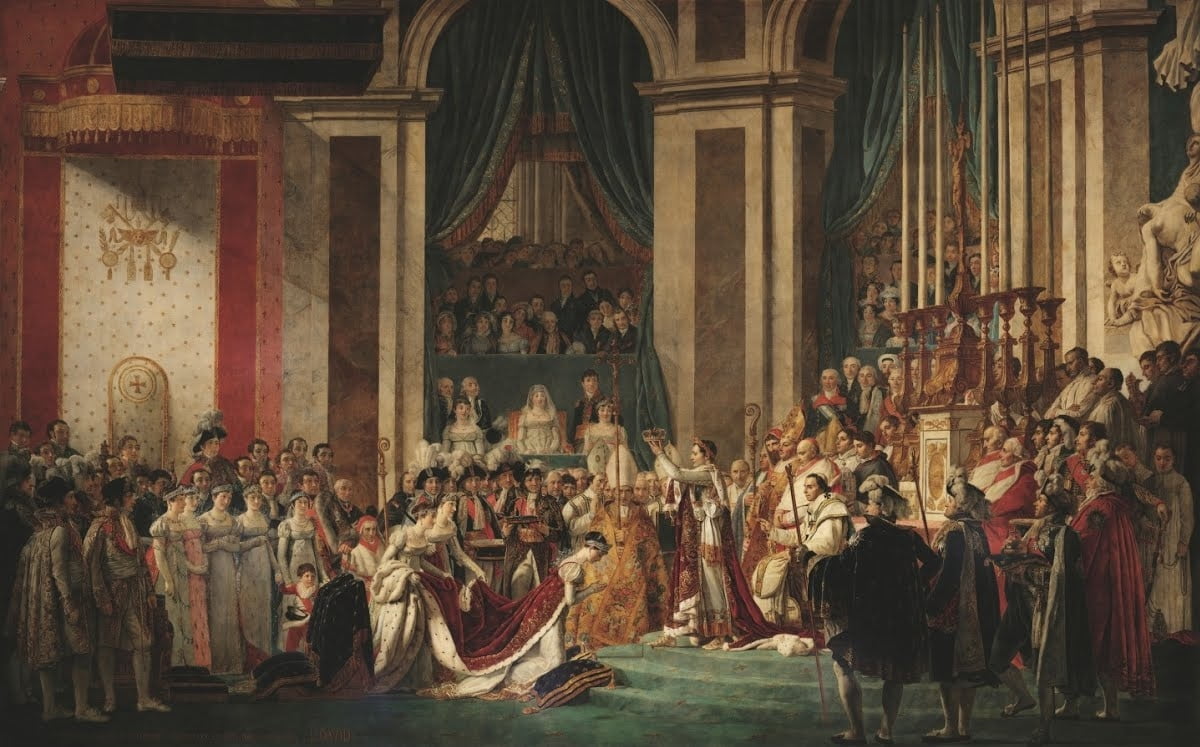
The Coronation of Napoleon
The Coronation of Napoleon, completed by the French painter Jacques-Louis David in the middle of 1805-1807, is the Notre of Emperor Napoleon I. It’s about the coronation ceremony at Dame Cathedral. The artist, who was the official painter of Napoleon and was present at the ceremony in 1804, is known for his historical wall photographs. This work, which draws attention with its 6.21 m x 9.79 m dimensions, fascinates those who see it with its realism, as Napoleon himself said. Another copy of the painting, in which the artist’s ability to reflect the details is indisputably proven, is in the Palace of Versailles.
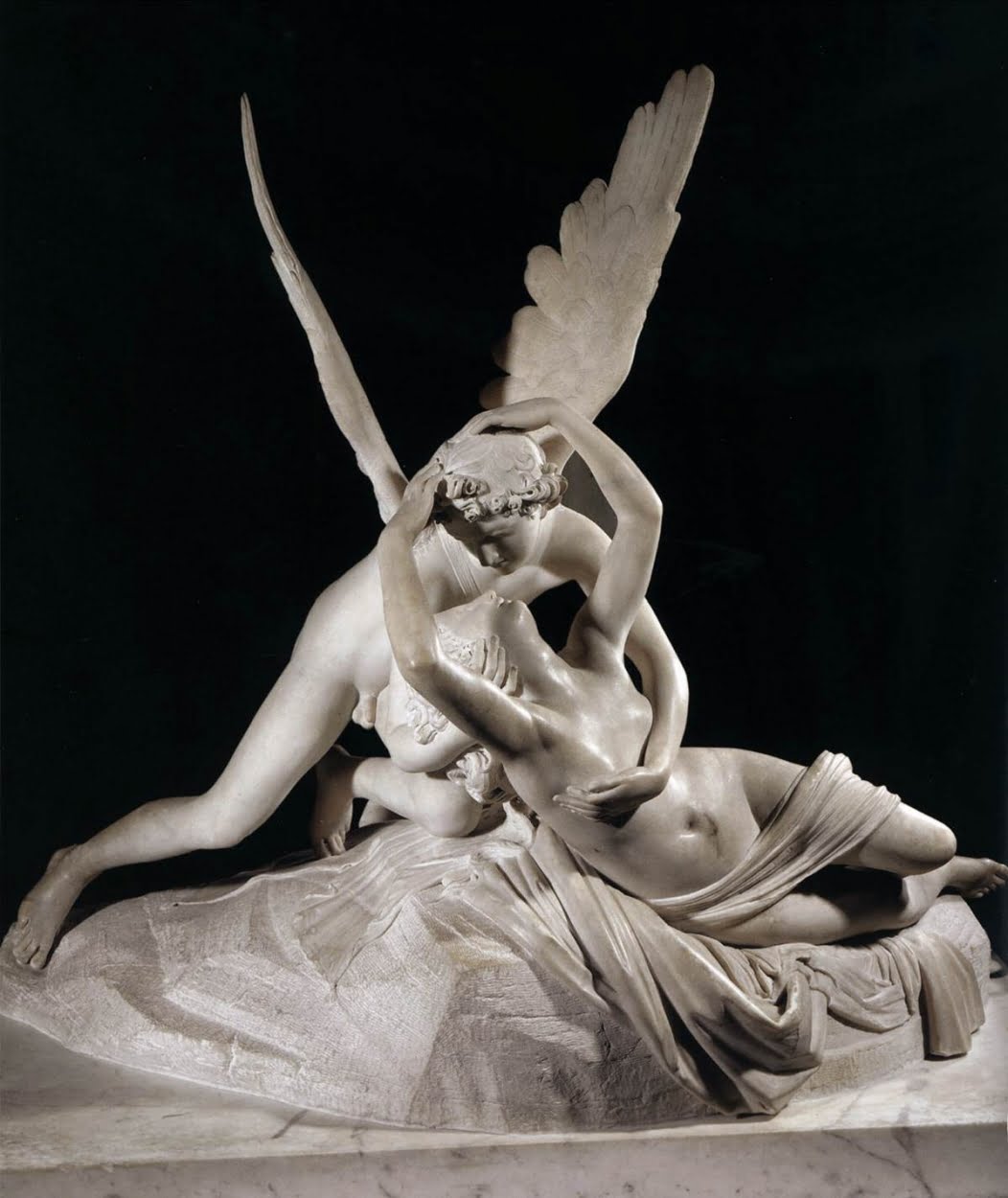
Psyche Revived by Cupid’s Kiss
“Psyche Revived by Cupid’s Kiss”, which tells the love story between Psyche and Cupid, is the most famous work of Italian sculptor Antonio Canova. The statue, completed in 1793 by the artist, who is a representative of neoclassicism, is one of the most romantic works in the Louvre Museum. Based on the story in the iconic poem of the Latin writer Ovid, titled Metamorphoses, the work depicts the moment when Princess Psyche, who was poisoned and fell into a deep sleep, was awakened by Cupid by kissing her.
(oggusto.com)

